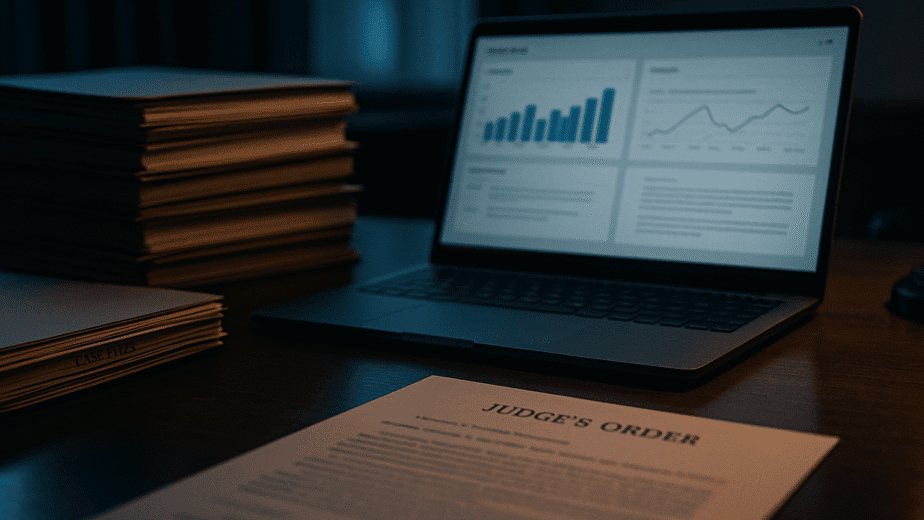For many, the hardest part of divorce isn’t the breakup—it’s the waiting. What starts as a legal petition often turns into a drawn-out, emotionally exhausting, and financially draining marathon. And most litigants have no idea how long the process can actually take until they’re already trapped in it.
This article breaks down the real divorce timeline in America, including average durations by state, the biggest delays, and how procedural inefficiencies keep families stuck in limbo for months—or years.
How Long Does Divorce Really Take?
There’s no national standard timeline for divorce, but multiple studies and legal databases provide state-by-state breakdowns. Here’s what the data shows:
- In uncontested divorces with no children, the average duration is 3 to 8 months depending on the state.
- In contested divorces (custody, support, property), the average timeline stretches from 12 to 18 months.
- High-conflict cases involving financial discovery or expert witnesses can last 2 to 5 years.
Some state-specific averages based on 2024 family court reporting:
| State | Avg. Duration (Uncontested) | Avg. Duration (Contested) | Mandatory Waiting Period |
|---|---|---|---|
| Florida | 90 days | 12–16 months | 20 days |
| California | 6 months | 18–24 months | 6 months |
| New York | 3–5 months | 12–18 months | None |
| Texas | 2–6 months | 12–15 months | 60 days |
What Causes the Delays?
Most delays in divorce aren’t about legal complexity—they’re about procedural inefficiency and emotional resistance. Here are the biggest culprits:
- Motion overload: Each motion adds weeks to the case and clogs the docket.
- Attorney turnover: When a party switches attorneys, the new lawyer needs weeks to get up to speed—adding costs and delay.
- Financial disclosure disputes: Delays in submitting, challenging, or clarifying affidavits and discovery can stretch timelines by months.
- Judicial backlogs: Some family court judges handle 1,000+ cases per year, forcing litigants to wait weeks between hearings.
Even in straightforward cases, these factors combine to slow down progress and escalate cost.
The Human Impact of Divorce Delay
The longer the process drags on, the higher the stakes become for families:
- Financial risk: Legal bills mount while property values shift or jobs are lost.
- Child anxiety: Children trapped in unresolved custody fights suffer from prolonged stress and instability.
- Mental health strain: Constant uncertainty has been linked to increased depression, anxiety, and sleep disorders in divorcing adults.
Time in court isn’t neutral—it’s expensive, emotionally corrosive, and often unnecessary.
How Splitifi Compresses the Timeline
Splitifi was designed to shorten the divorce journey by cutting through friction points. Our tools help users:
- Submit financial disclosures on day one, not month six
- Organize timelines, communications, and motions into structured, shareable records
- Predict motion outcomes and settlement options using AI analytics
- Avoid redundant filings and unnecessary delays caused by procedural gaps
Every day your divorce is delayed, someone profits—except you. Splitifi helps you take back control, compress the process, and move on with your life.




